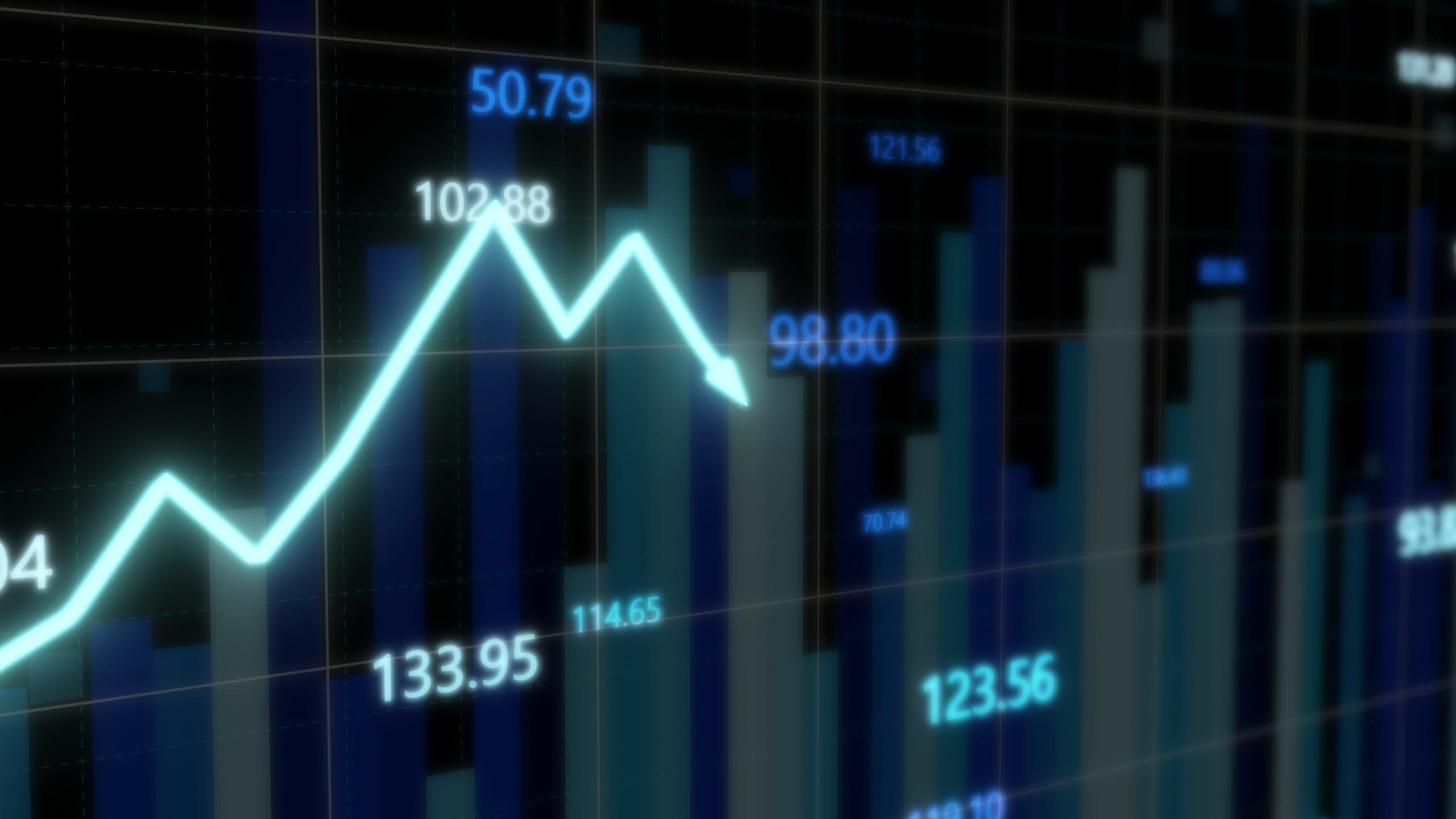In investing, the term “Sharpe Ratio” comes up a lot without a definition and it seems complicated. This post will define what a Sharpe Ratio is in an intuitive manner and talk about some of its drawbacks, as well as how I use it personally.
Sharpe Ratio Definition And Formula
Sharpe Ratio is simply:
- Return of a portfolio minus the risk-free rate, divided by the standard deviation of the portfolio’s returns.
The trickiest thing is the “risk-free rate”. Some say it is the percent return of treasury bills of 1-2 years. Some say it is 3 months. Some say it’s the return of an I-bond for 3 months, or 1 year, or 2 years. Point is: it doesn’t matter which one you pick. The Sharpe Ratio is a loose tool for analysis, so you can pick whatever you’d like to consider it as a “risk-free” return.
Intuition
Intuition: The return of a portfolio minus the risk-free return rate says how much better that portfolio is doing when compared to something you could have done that was risk free. Example:
- I-bonds are at 7%.
- Strategy A returns 13%.
- 13% – 7% = 6%. Strategy A is better than just doing something risk-free by about 6%.
Intuition, part 2: Knowing how much better a portfolio does as compared to risk-free isn’t enough. We need to divide it by the standard deviation of the portfolio’s returns as a proxy for risk. The reasoning: the more volatile a portfolio is, the more risky it is. It can go up a lot one day but down drastically the next. Thus, the informal & intuitive definition of the Sharpe Ratio can be interpreted as: how much alpha you get from a portfolio per unit of risk. Higher is better (same returns for less risk, or more returns for the same amount of risk).
Drawbacks
The first drawback is that standard deviation implies portfolio returns are normally distributed. It’s unlikely returns are normally distributed. Thus, dividing returns by standard deviation can be wildly inaccurate.
By modeling volatility as risk, large gains are treated the same risk-wise as large losses. This is counterintuitive to how most think about risk.
Consider you have an arbitrage strategy that always makes money. The only thing is: some of the time you have small wins and some other times you have huge wins. Your Sharpe Ratio could be low but the strategy isn’t “risky” at all since you can’t ever lose money.
How To Use Sharpe Ratio
Risk is almost impossible to measure tangibly. Thus, the Sharpe Ratio isn’t really a good measure of “return for risk” for any individual portfolio.
But Sharpe Ratio may be good to use as an apples-to-apples comparison. Suppose you were looking at 2 stocks that are in the same industry and have the same business. Doing an apples-to-apples comparison of their Sharpe Ratio could be useful in terms of understanding how the historical returns relate to how volatile the stock has been in the past.
But even when you use the Sharpe Ratio as an apples-to-apples comparison, know that it’s still a very rough approximation. Thus, the Sharpe Ratio should be used as only one variable in many before making an investment decision.
How I Use The Sharpe Ratio Defintiion
Personally, I use “Sharpe Ratio” as an informal concept. For example, I might say “high Sharpe Ratio” on this blog, but I have no concrete number attached to it: I just mean that something should have a high return for some unit of risk. In other words, I mostly use Sharpe Ratio as a colloquial term than a formal mathematical term. This is because the math behind Sharpe Ratio can be wildly inaccurate so a lot of times it is futile to take the number too seriously.












0 Comments